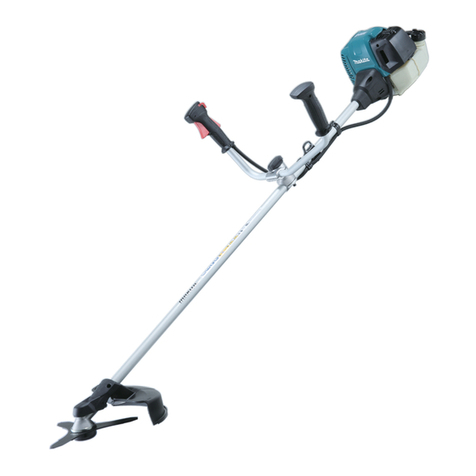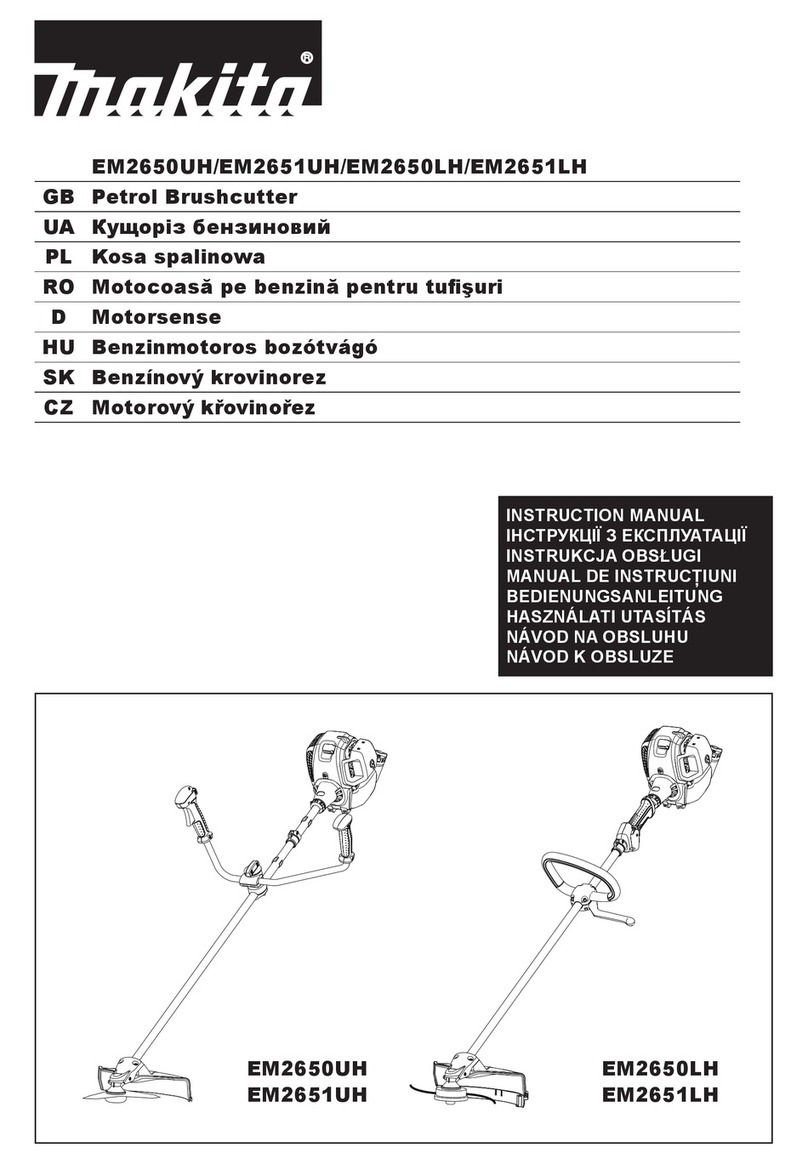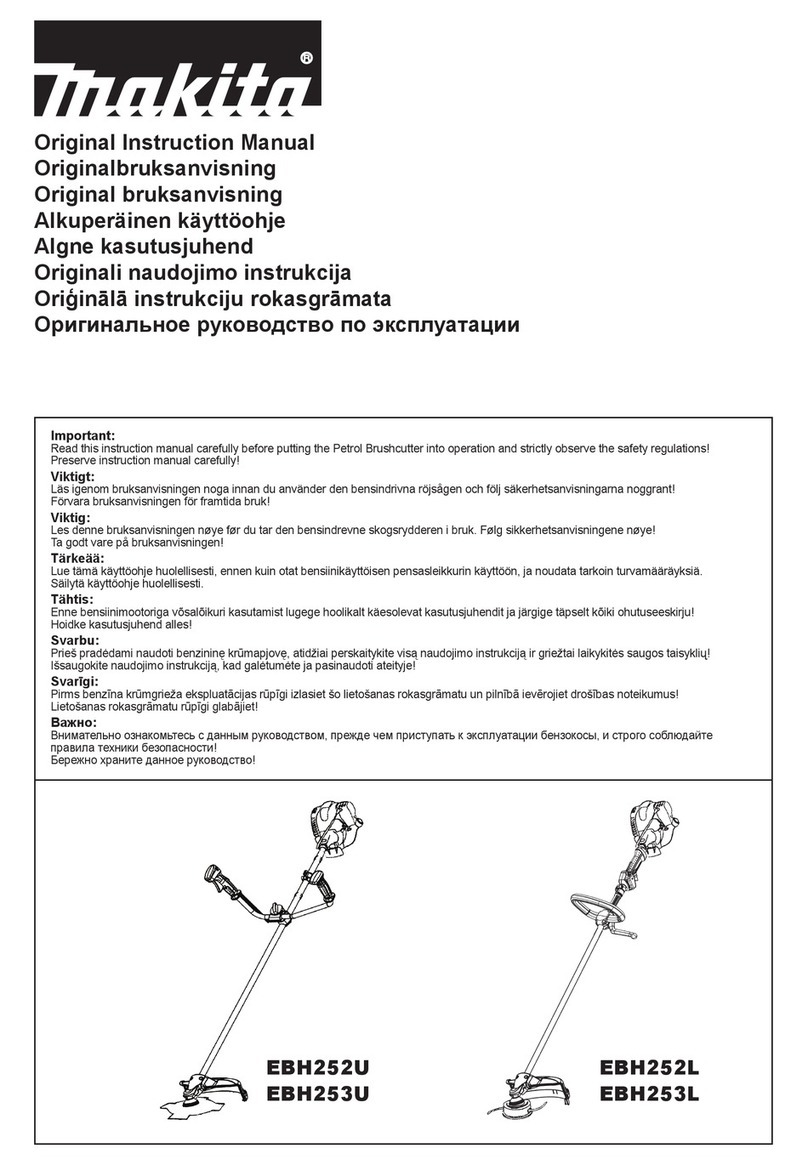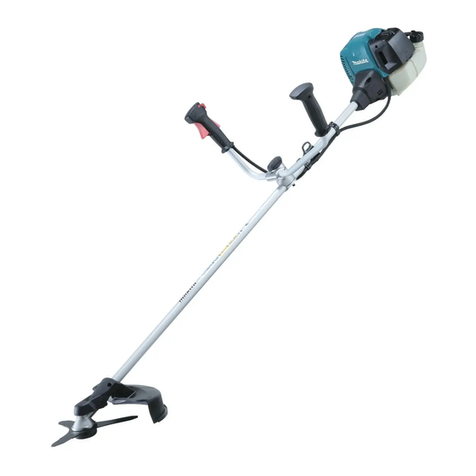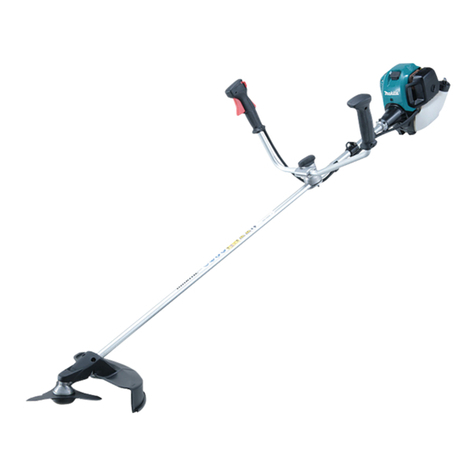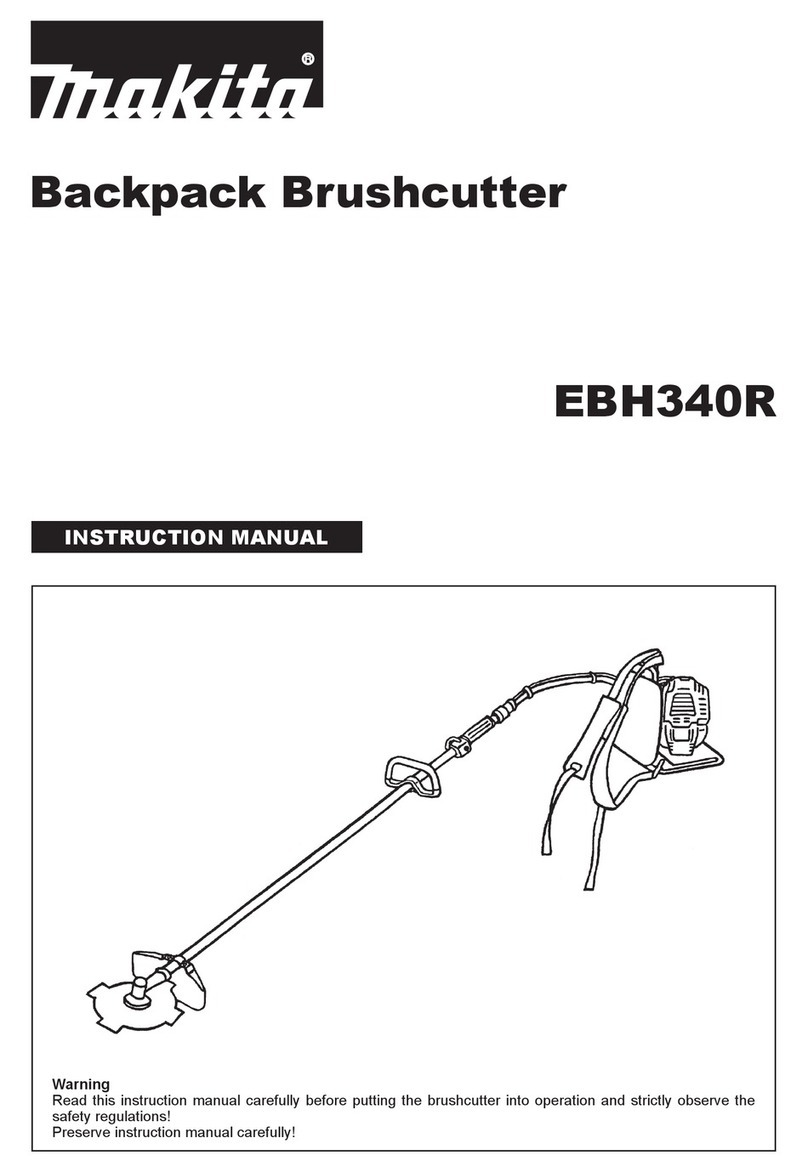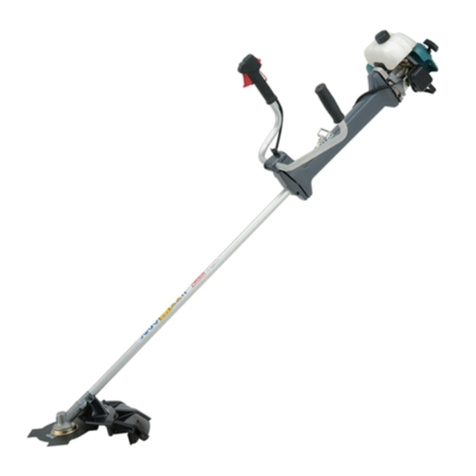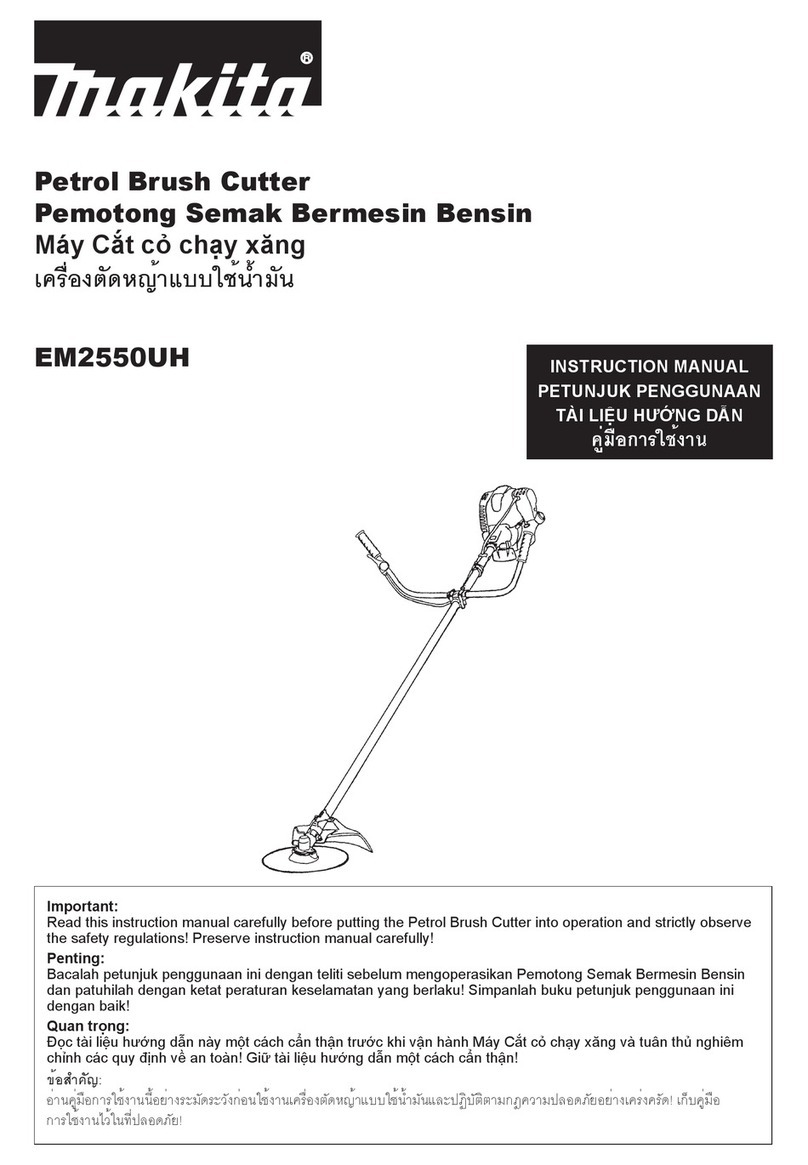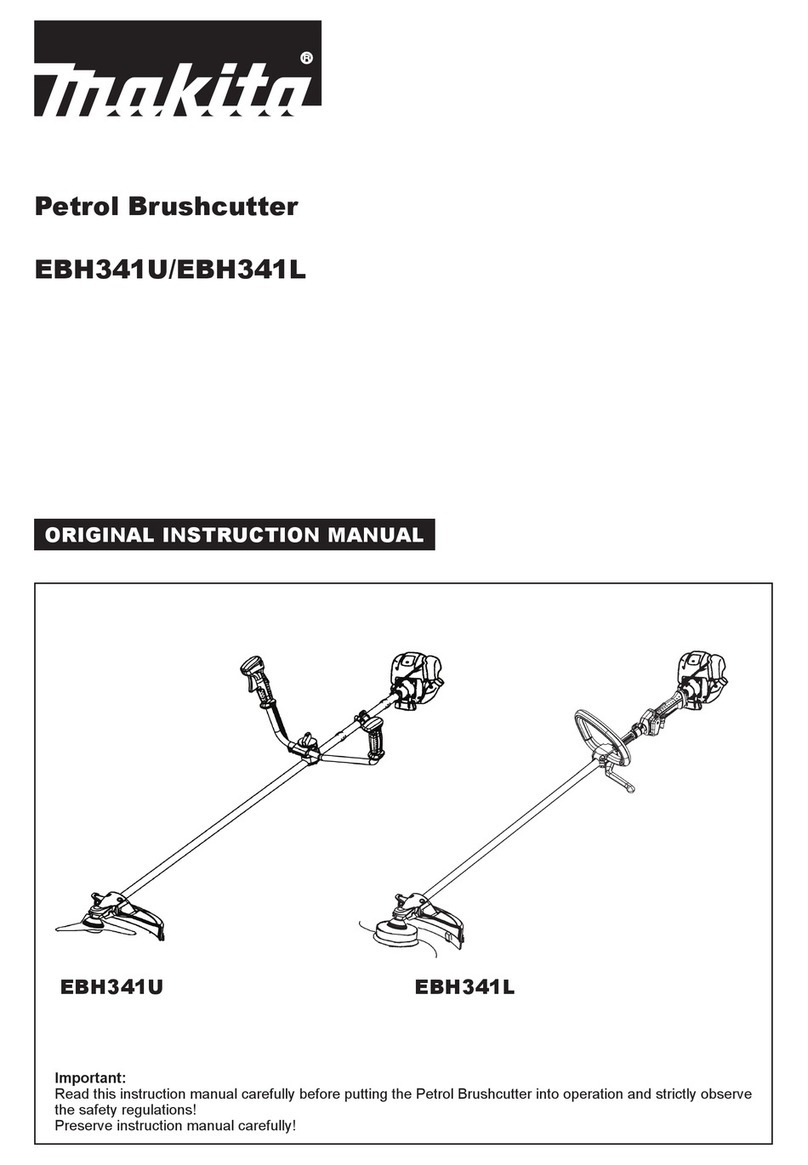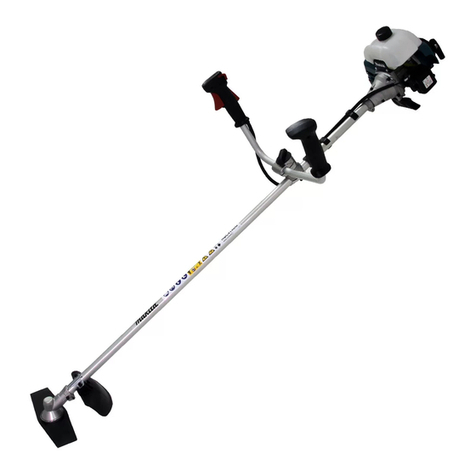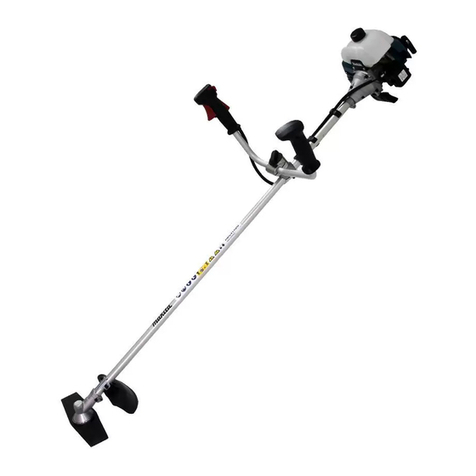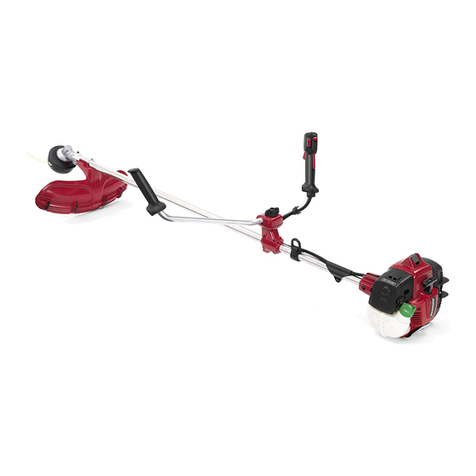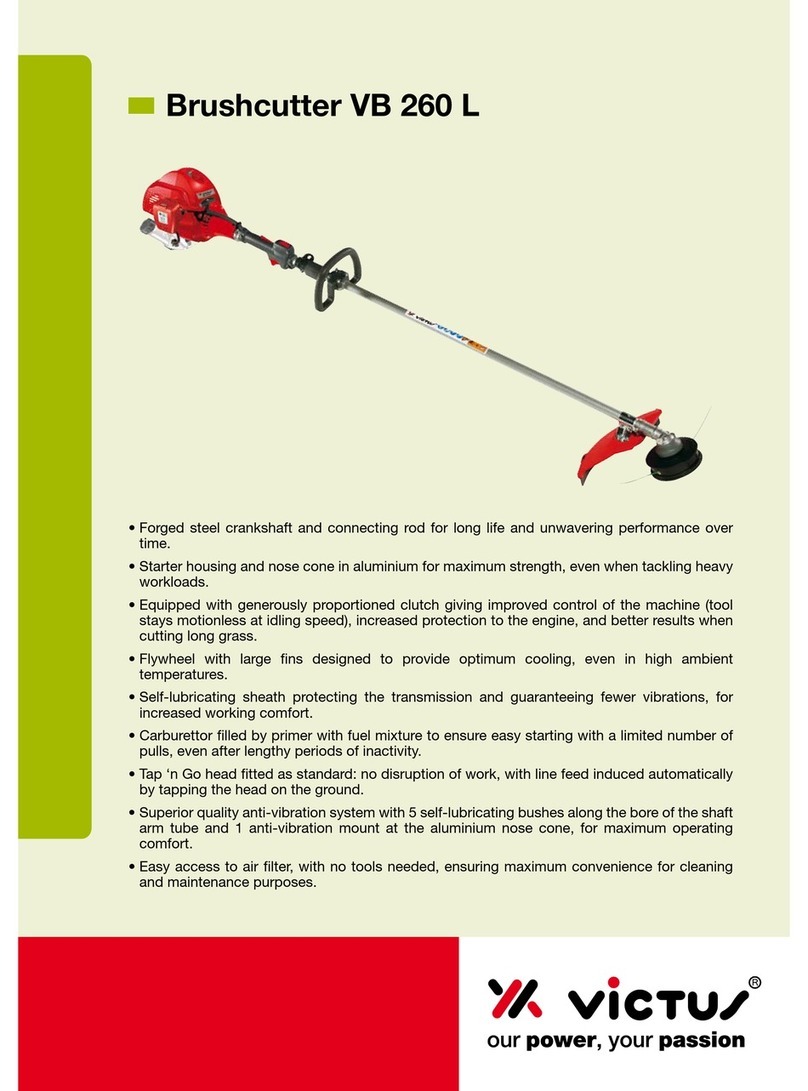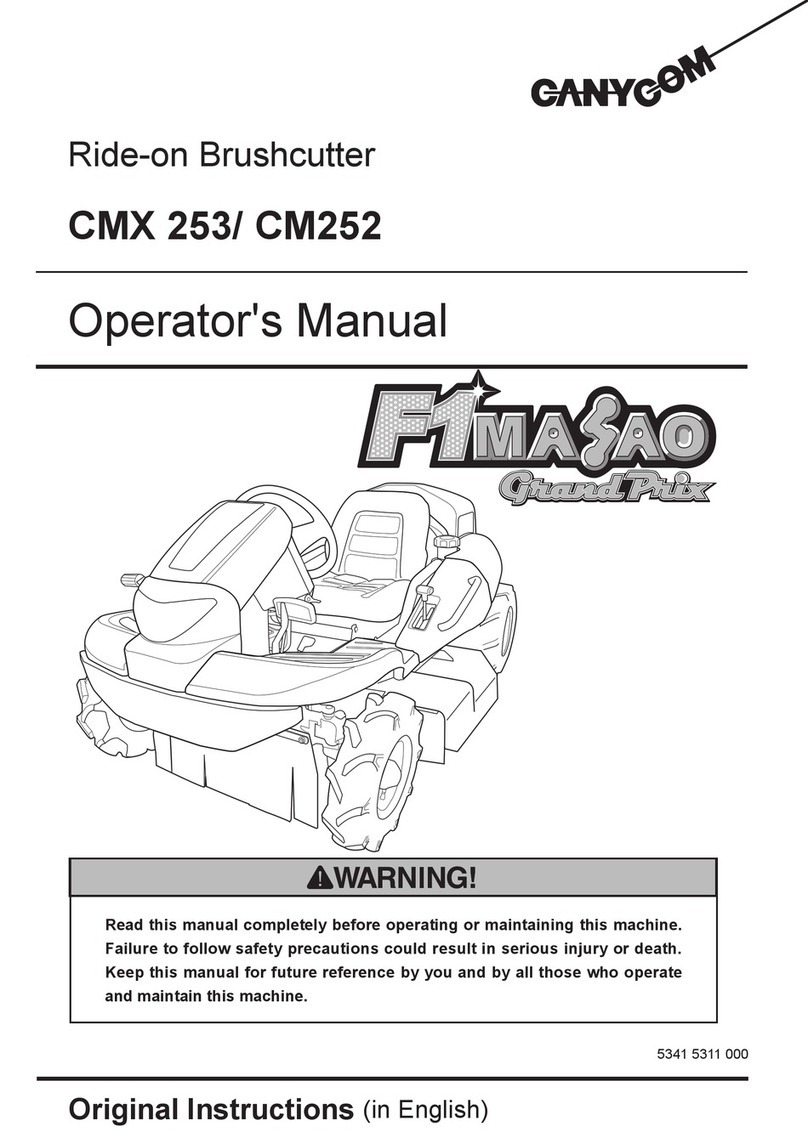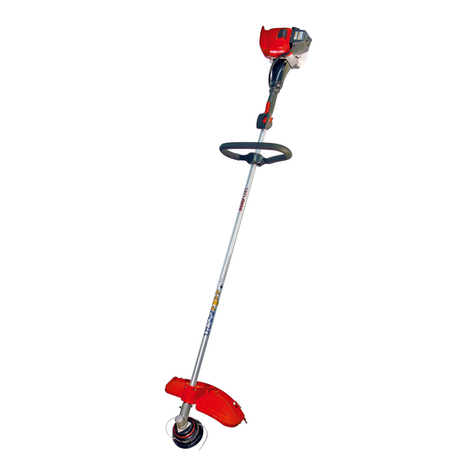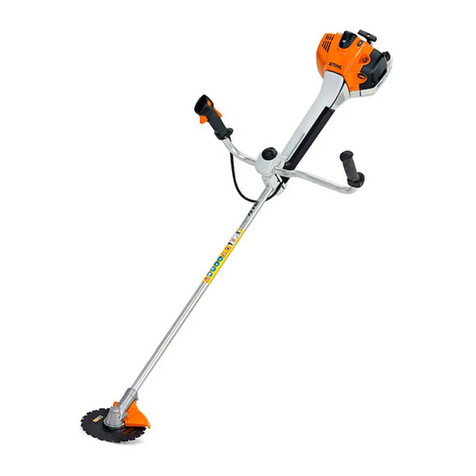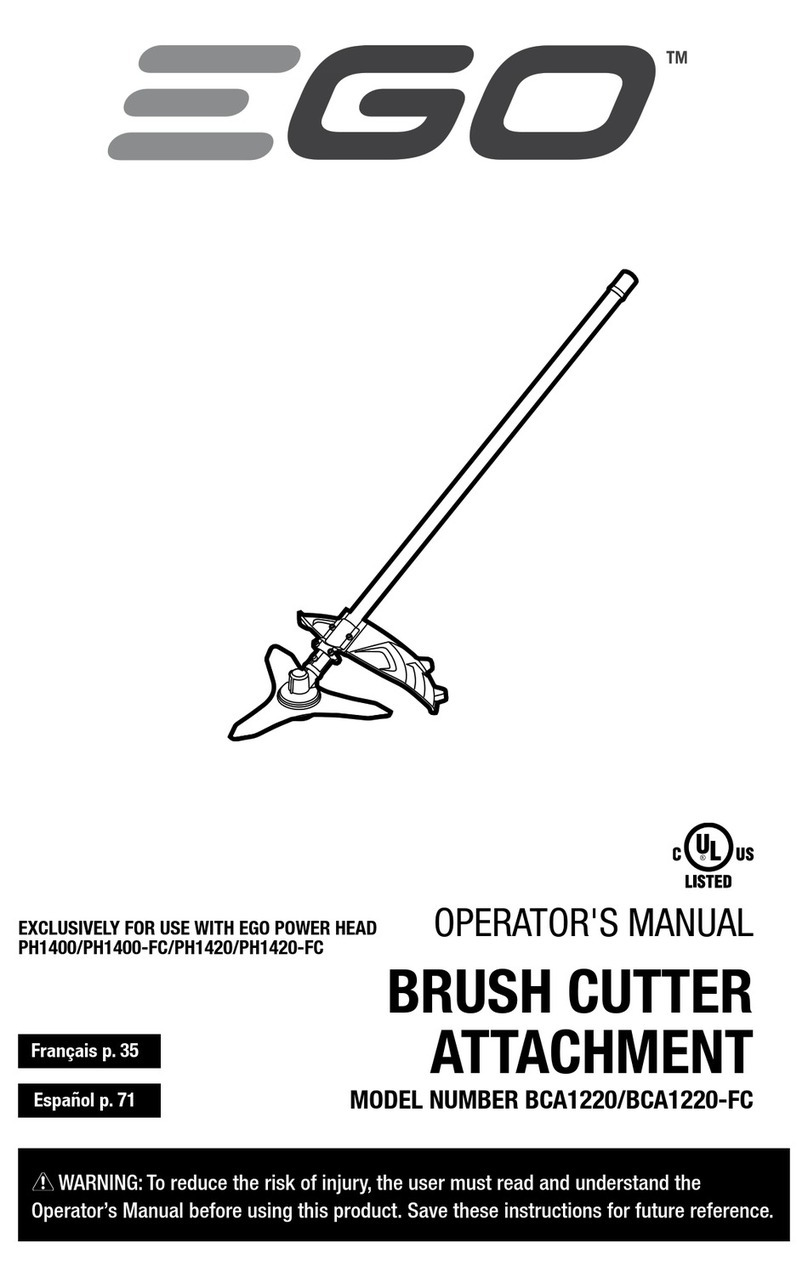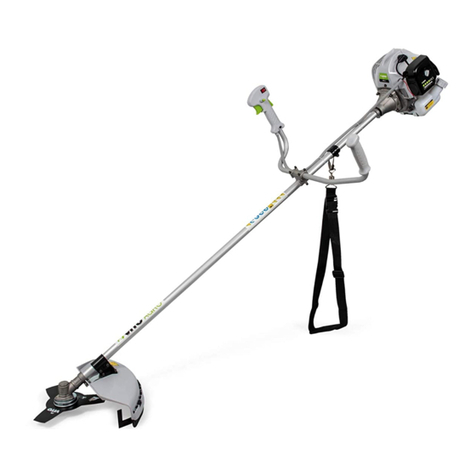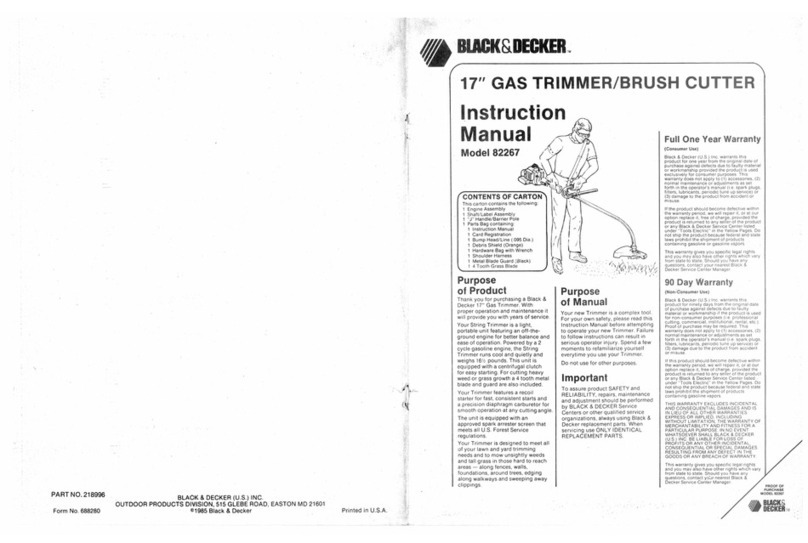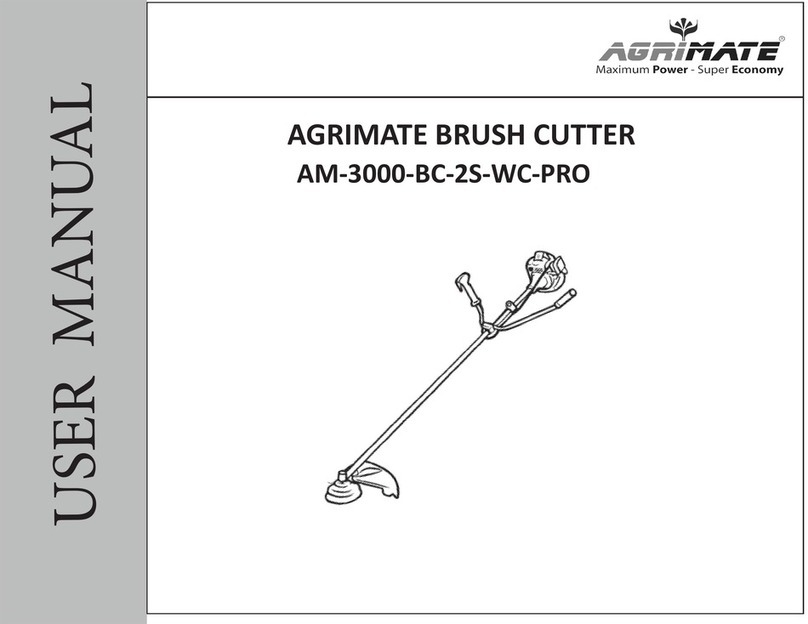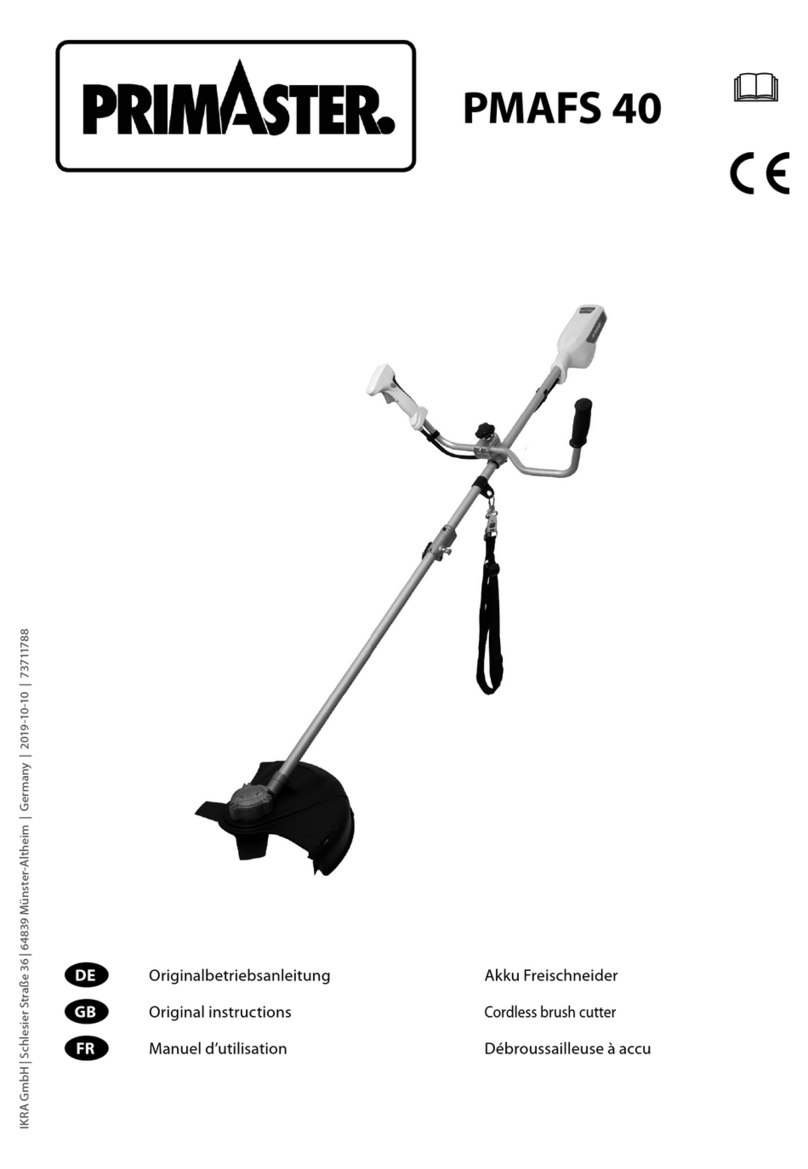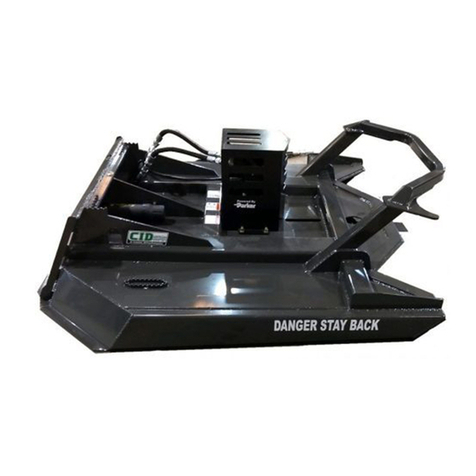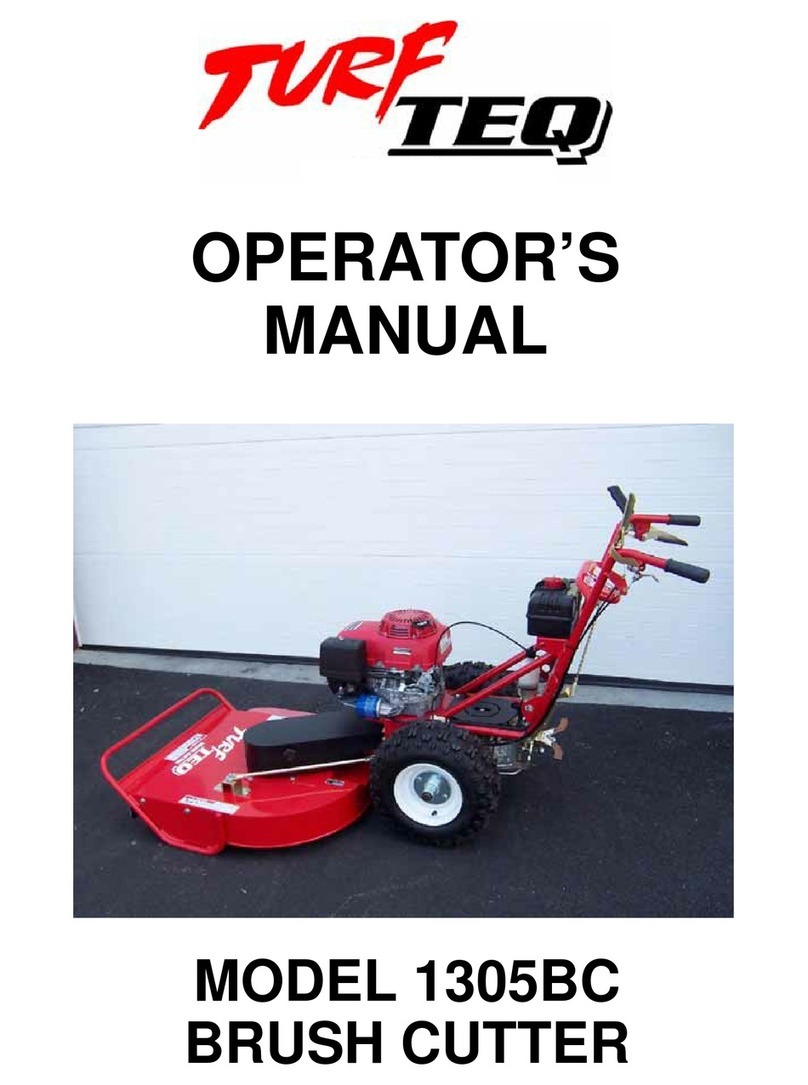EA3200S
EA3201S
EA3202S
EA3203S
Original Instruction Manual
Originalbruksanvisning
Original bruksanvisning
Alkuperäinen käyttöohje
Oriģinālā instrukciju rokasgrāmata
Originali naudojimo instrukcija
Algne kasutusjuhend
Оригинальное руководство по эксплуатации
Important: Read this instruction manual carefully before putting the petrol chain saw into operation and strictly observe the
safety regulations! Keep this instruction manual!
Viktigt: Läs denna Instruktionsbok noga innan den bensindrivna kedjesågen används och följ säkerhetsföreskriftena
noggrant! Förvara instruktionsboken omsorgsfullt. Förvara instruktionsboken omsorgsfullt.
Obs: Les denne bruksanvisningen nøye før du tar bensinmotorsagen i bruk. Følg sikkerhetsanvisningene nøye! Ta vare på
denne bruksanvisningen!
Tärkeää: Lue tämä käyttöohje huolellisesti ennen bensiinikäyttöisen moottorisahan ottamista käyttöön, ja noudata
turvamääräyksiä tarkasti. Säilytä tämä käyttöohje.
Uzmanību: Pirms benzīna ķēdes zāģa izmantošanas uzmanīgi izlasiet šo lietošanas pamācību un obligāti ievērojiet
norādītos drošības tehnikas noteikumus! Rūpīgi uzglabājiet lietošanas pamācību!
Dėmesio: Prieš pirmą kartą naudodami benzininį grandininį pjūklą, atidžiai perskaitykite šią vartojimo informaciją ir būtinai
laikykitės saugumo technikos taisyklių! Rūpestingai saugokite šią vartojimo informaciją!
Tähelepanu: Lugege enne bensiinimootoriga kettsae esmast kasutamist tähelepanelikult läbi käesolev kasutusjuhend ja
pidage rangelt kinni ohutusnõuetest! Hoidke kasutusjuhend korralikult alles!
Внимание: Перед первым запуском бензопилы основательно прочитайте настоящую инструкцию по эксплуатации и
строго соблюдайте правила техники безопасности!Тщательно сохраняйте настоящую инструкцию по эксплуатации!
